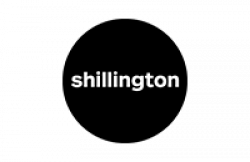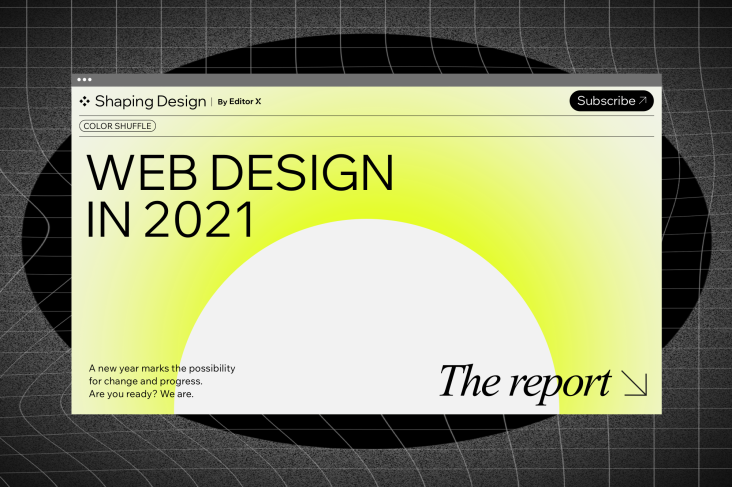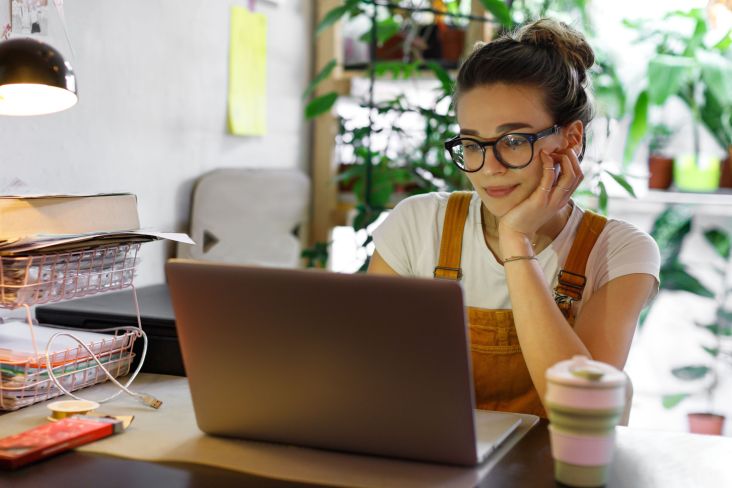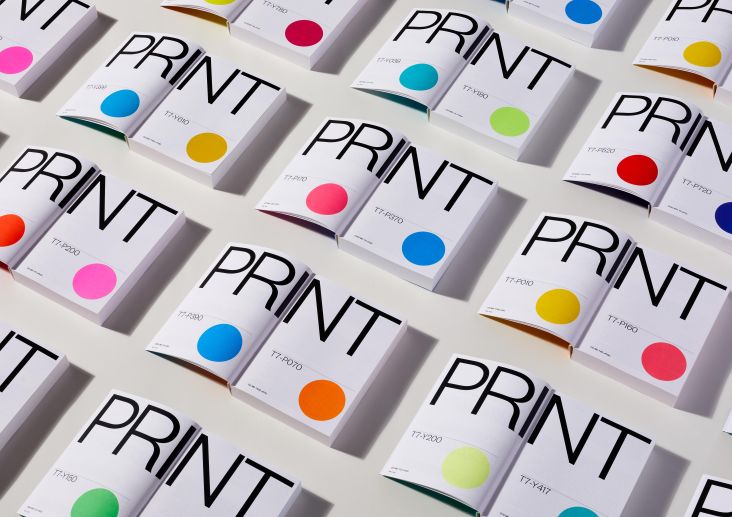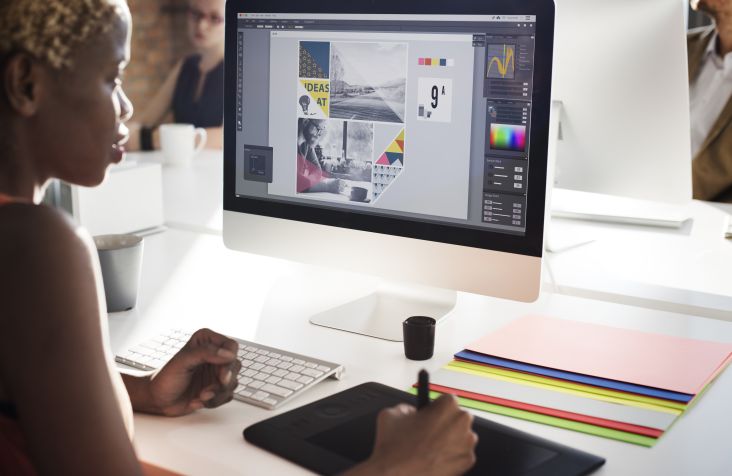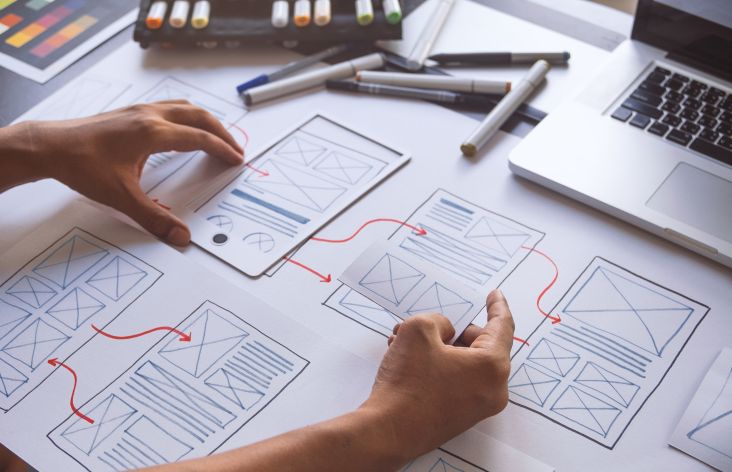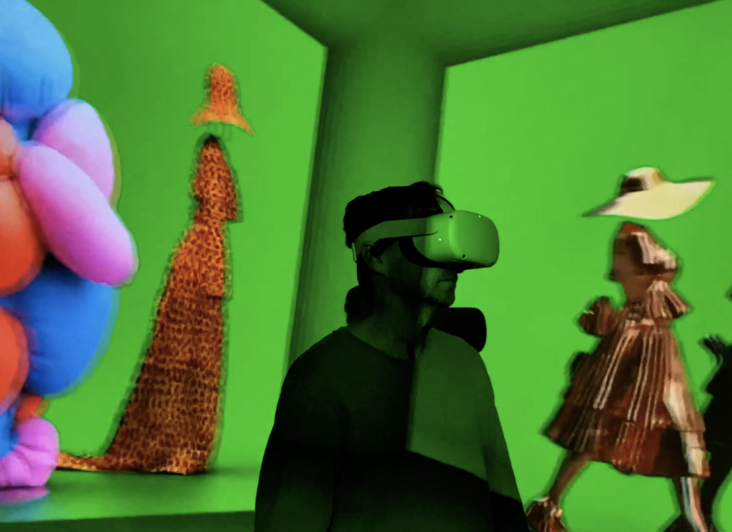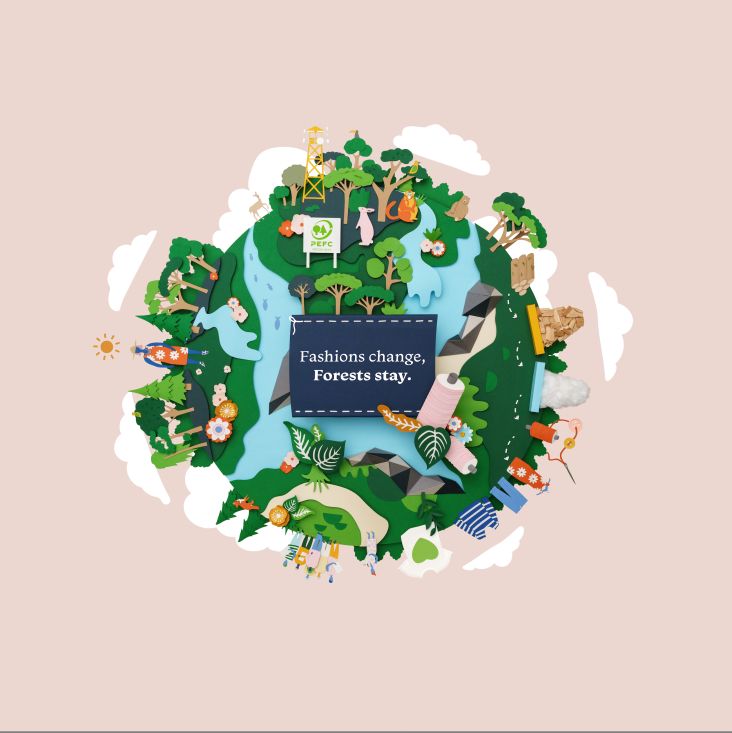The biggest trends in graphic design for 2021, as predicted by leading creatives
As we reach the end of this tumultuous 12 months, it seems (fingers crossed) like there's some light at the end of the tunnel. So it's time to look to the future. But what exactly does it hold for graphic designers?
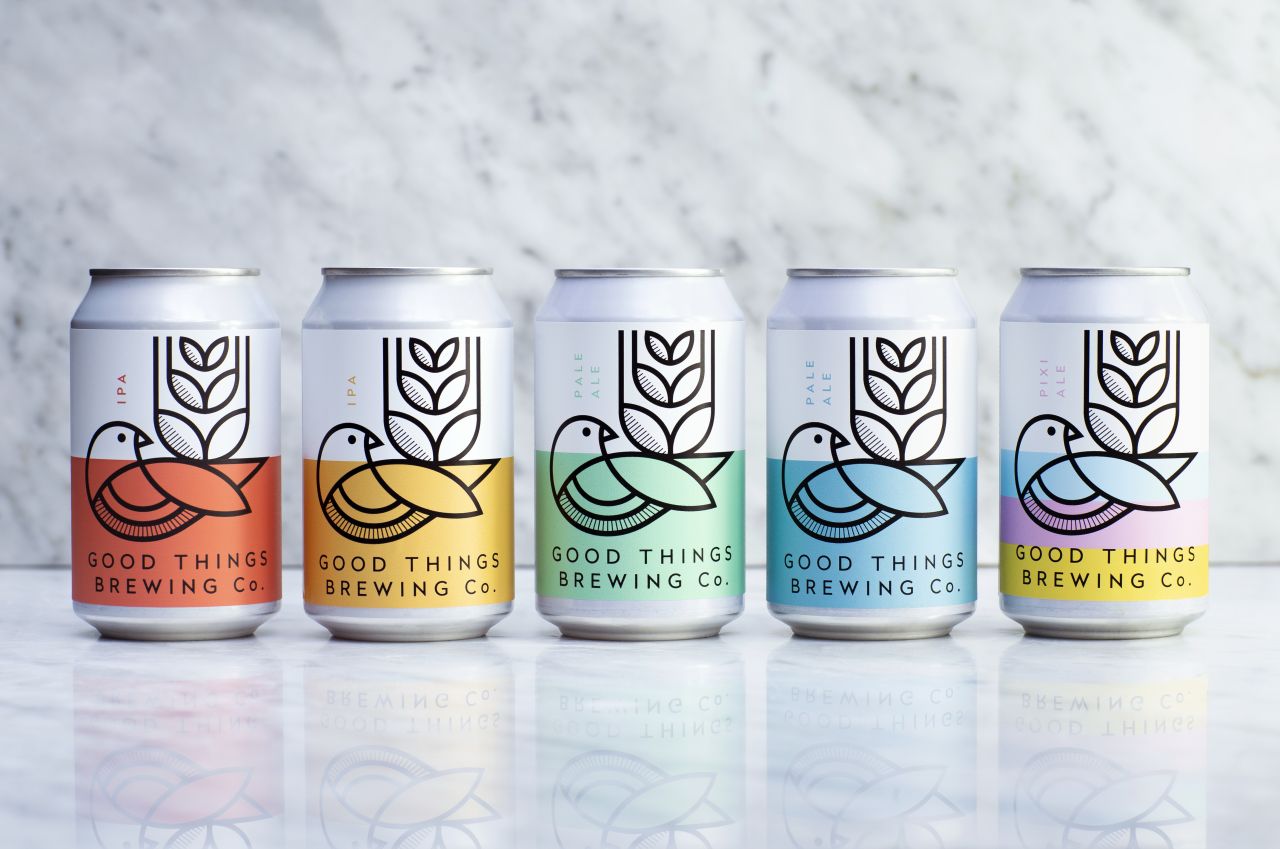
Design studio Horse's identity and packaging for Good Things Brewing
To answer that question, we've teamed up with Shillington, which knows a thing or two about the graphic design profession and where the discipline is heading. In this article, we share six broad trends we expect to see in 2021, with insights from some leading lights in the creative community.
Obviously, no one can predict what will happen in the new year to any degree of accuracy right now. So don't take any of this as gospel. Instead, we hope it will give you some idea of how to navigate the year ahead, and help keep you looking forward, in optimism and solidarity.
Trend 1: Sustainability
The idea of developing a new, more sustainable relationship with our environment has been growing steadily throughout the 2010s. But in 2020, a year when many of us got to spend more time outdoors, enjoying wide open spaces and plane-free skies, it all started to feel a little more real and achievable.
"Behind all the suffering and economic hardship of the coronavirus pandemic, international lockdowns have helped the environmental cause," says Astrid Stavro, partner at Pentagram. "We've all had a glimpse into what a greener world might be like, and hopefully, 2021 will be the year in which we heed lessons from the collective action used against coronavirus to effectively respond to climate change and other social inequalities."
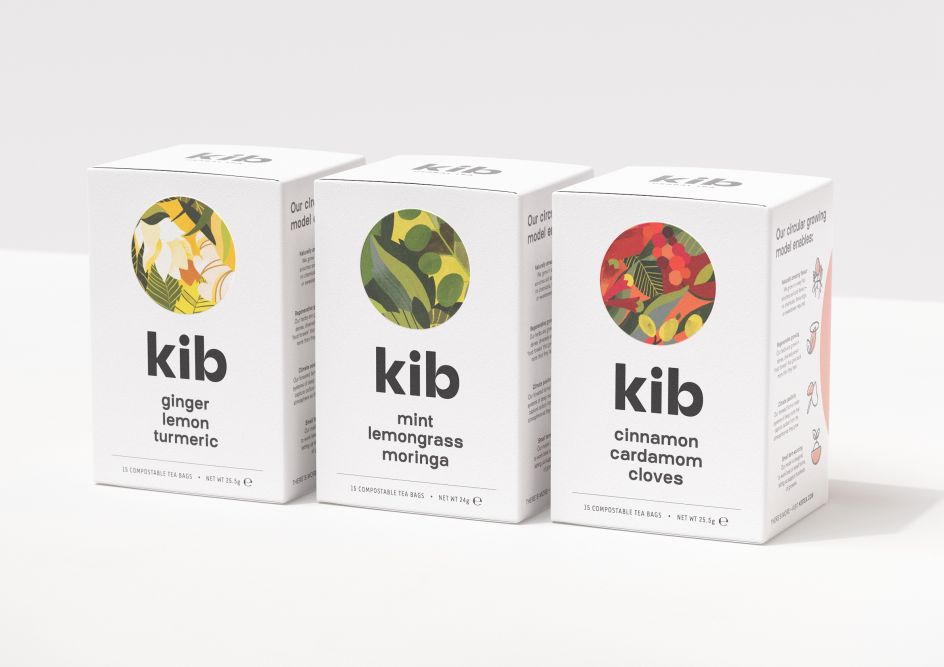
&SMITH's designs for East African herbal tea range Kib are inspired by circularity
Positive packaging
This approach is increasingly visible in the design and packaging industries. It can be seen, for instance, in &SMITH's designs for herbal tea range Kib, inspired by the notion of ‘circular living', and OMSE's identity for Grounded, a sustainable packaging brand that literally decomposes.
Another good example from 2020 was Horse's branding and packaging for Good Things Brewing, which claims to be the world's most sustainable brewery. And note there's no empty 'greenwashing' here: the company is completely energy-efficient and off-grid, with everything recycled and reused from water to grain.
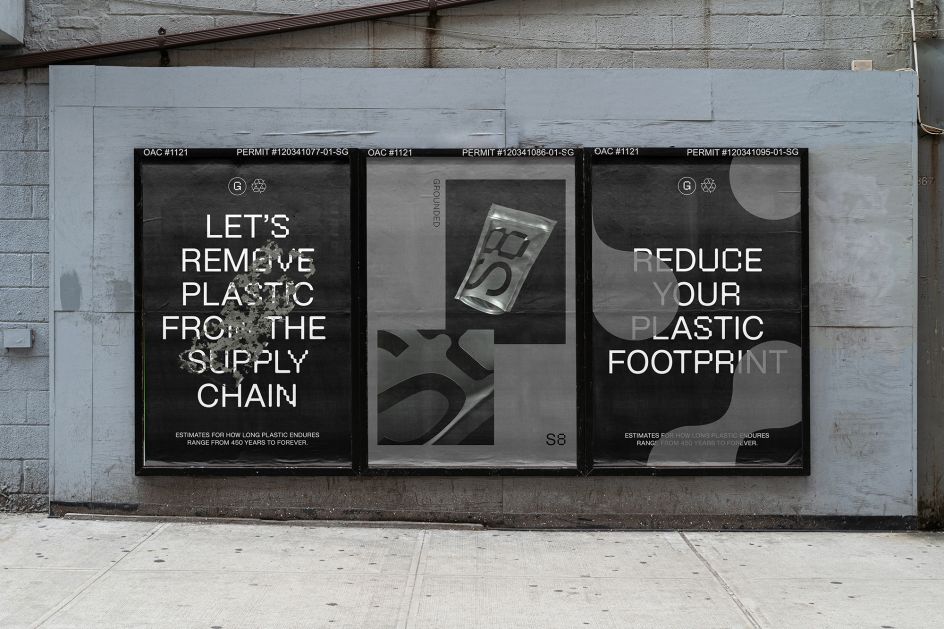
OMSE's identity for Grounded a sustainable packaging brand that decomposes
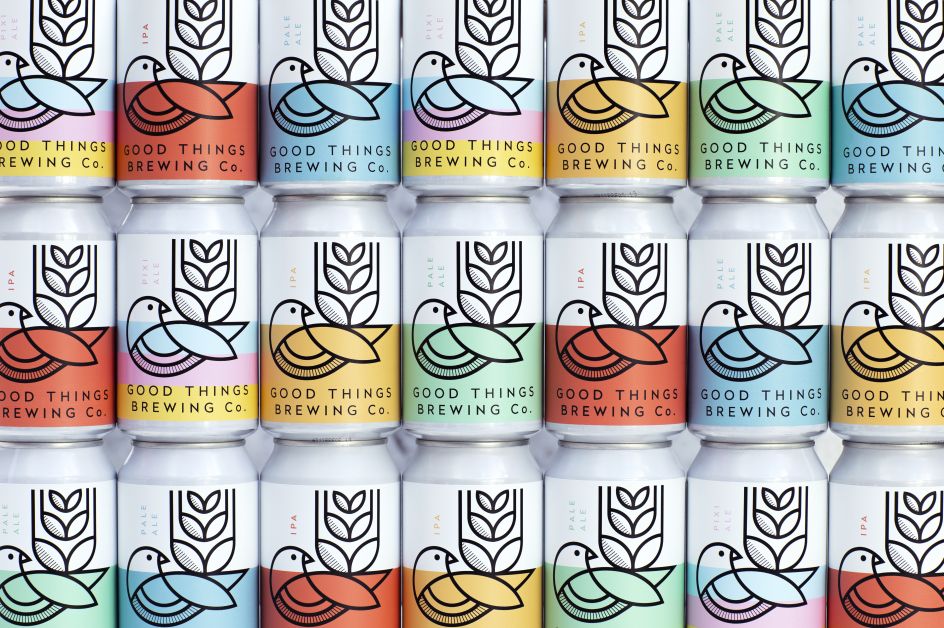
Design studio Horse's identity and packaging for sustainable Good Things Brewing
Practical action
"The global awareness towards sustainability has led to a huge shift in how we think about design," says Eve Warren, designer at Robot Food. "And it's now more than ever that big brands have to step up and lead the way. Consumers are more mindful of their social responsibility, and this extends to packaging design."
Most importantly, such words are now being matched by action, at both a personal and macro level. "In lockdown, I made the shift from bulky plastic cleaning and laundry products to the amazing eco-friendly detergent subscription service Smol," Eve adds. "They claim to use the world's first 100% plastic-free, child-lock packaging for its washing up and laundry products.
"With this move, the company saves over four tonnes of plastic waste each week as compared to its competitors. I predict 2021 will see more brands following suit, and many consumers will be seeking out more sustainable products to detox their homes further."
Reconnecting with nature
This isn't just good for the planet, but good for us as people, believes Damian Graham, designer in-house at Pentland Brands. "Consumers are going to need to obtain some form of physical connection with nature and with fellow human beings to improve mental health. Apps could aid this. The cyclist movement of ‘Burbing' is another trend that points in this direction."
More broadly, the concept is going to influence our design work across the board, predicts Shanti Sparrow, a graphic designer, illustrator and Shillington New York lecturer. "Following a year of social distancing and isolation, I expect to see design embrace a more humanistic and organic tone," she says. "This will include tasteful textures mimicking hand print techniques, grain, brush strokes and organic shapes that connect the person behind the design with the person who views the design."
Trend 2: Retro vibe
After the year we've had, it's no surprise that we're looking back to what seem like easier times right now. Nostalgia, in short, is at record heights. Consequently, we see a lot of retro fonts and colour palettes over the last few months, acting as a kind of graphic comfort blanket.
This approach can be seen clearly in, for example, Koto's identity for Meatable, which aims to be the first company to produce harm-free meat efficiently and sustainably at scale. It's also evident in Alphabetical's branding for Five Films for Freedom, an LGBT+ festival held this year, and in Everything Will Be Fine's dramatic photocopier-esque identity for Conviction Records, a social enterprise for former inmates.
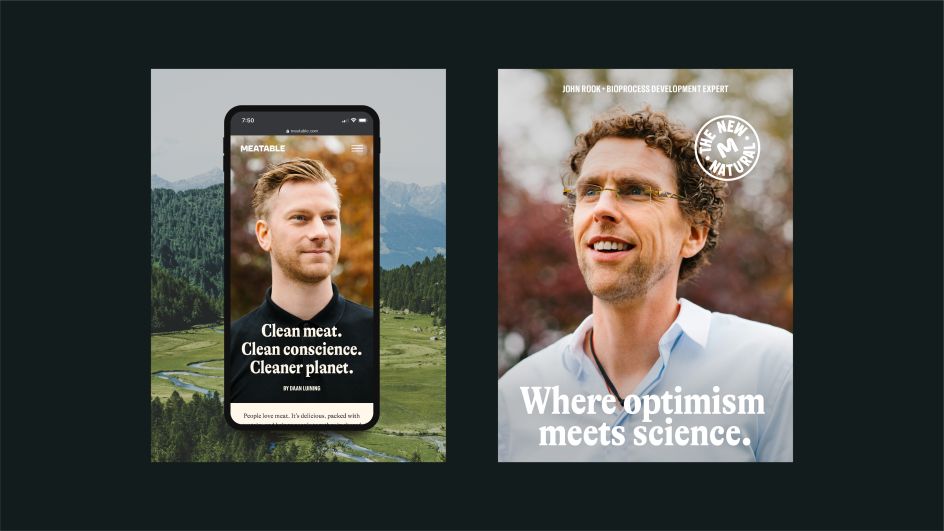
Koto's identity for Meatable
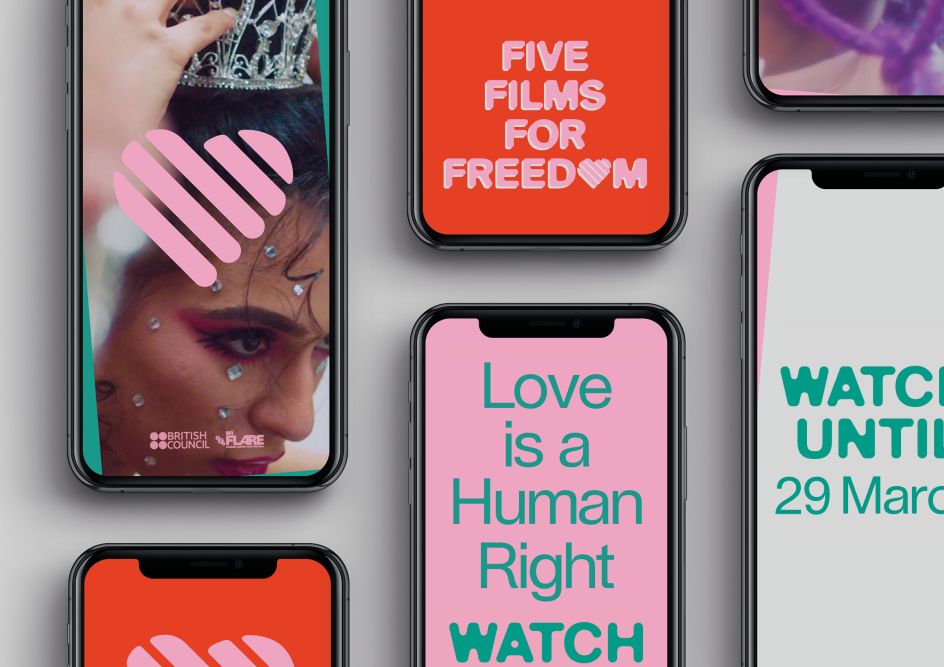
Alphabetical's branding for Five Films for Freedom
With the pandemic likely to continue dominating headlines for some time yet, we believe retro and vintage designs will be in demand everywhere throughout 2021. "I think it's really interesting how many people jumped on @Traf's colour-less iPhone icon set," says creative director Ric Bell. "Designers are often looking for a new RGB colour for their app icon or a gradient colour combination for their brand that no one has used before. But maybe after the madness of 2020, people will want to take respite from this bright, multi-coloured world and retreat into a more muted environment, similar to that of the printed page; easier on the eye, with a reassuring feeling of nostalgia."
Trend 3: Optimism and playfulness
While the pandemic's by no means over, the arrival of both the first vaccines and a new presence in the White House means that the unremitting gloom we've suffered through 2020 is starting to give way to something more optimistic. Whatever happens, people will be looking to the creative industries to help uplift them in 2021, and we're predicting positivity, playfulness, colour and vibrant patterns will all make a big splash.
"People are pining for life to be freer again, from both the physical constraints of lockdown and the mental overload of the Trump era," says Creative Director Louiza Rabouhi. "My clients are excited about designs that reflect a more open and inclusive future." Illustrator Michelle Solomon agrees. "2021 will be all about finding ways to be positive despite challenges, in contrast to the darker vibes of 2020," she predicts. "We all need uplifting art and design at this point!"
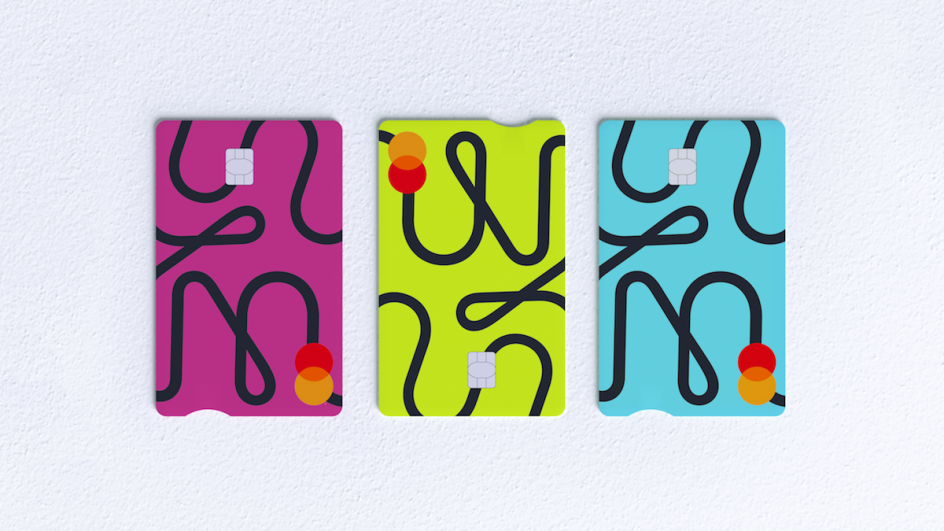
Pentagram's refresh for Virgin Money
Dynamic systems
What form is that likely to take? Designer Luke Tonge predicts that: "We'll see plenty of charming and witty illustration or animation, some of it 3D, and kinetic typography, as brands continue to realise the power of dynamic and friendly systems. I also think in general there'll be a lot of bold, colourful and optimistic work next year, reflecting the hope we all feel with vaccines ahead of us and Trump behind us."
For inspiration, designers would do well to look to examples from 2020, such as Pentagram's playful redesign of Virgin Money; Universal Favourite's comforting, cartoon-driven rebrand of men's online health clinic Mosh; and True North's playful identity for Showtown, Blackpool's museum of fun.
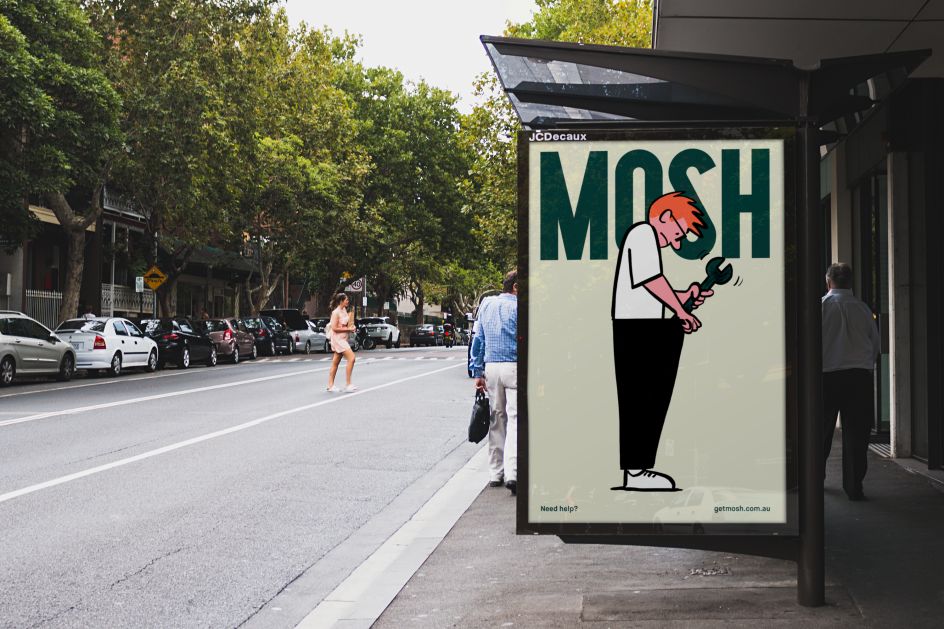
Universal Favourite rebrands men's online health clinic Mosh
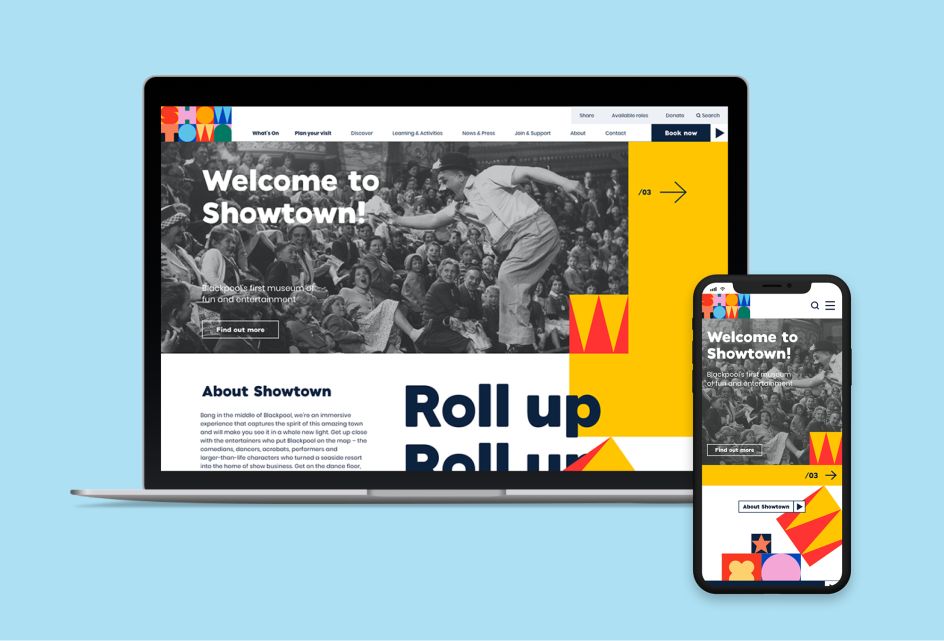
True North's playful identity for Blackpool's first-ever museum
4. Authentic and honest
After a disruptive 2020, we're all feeling a bit raw, frazzled and cynical. We certainly don't want to be talked down to, fobbed off, or patronised by glib and empty marketing campaigns. And we believe this will be reflected in 2021's graphic design through more meaningful and authentic work, that really speaks to this audience.
We're already seeing signs of this trend in action. Two great examples from 2020 from DesignStudio were its strikingly grounded rebrand of Oberlo, an e-commerce platform aimed at young entrepreneurs, and its shockingly honest rebrand of insurance company Getsafe.
Another good case study worth checking out is Brand Brothers' identity for Dualist, the world's first 100% reversible parka.
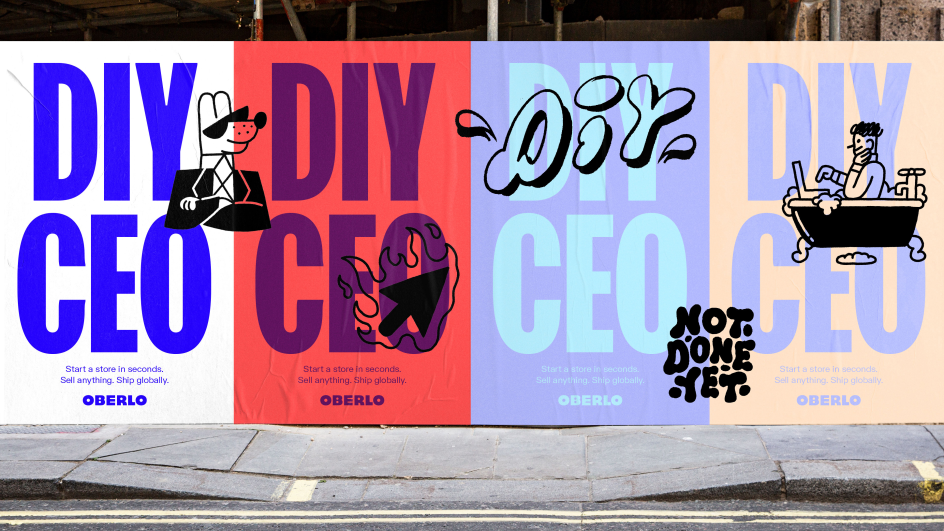
DesignStudio rebrands Oberlo
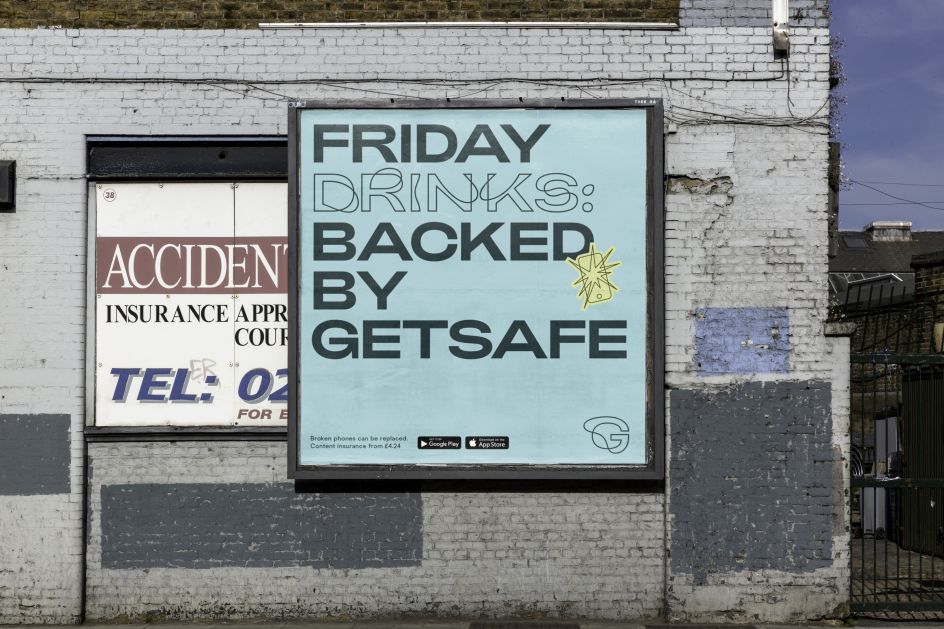
DesignStudio's 'imperfect' rebrand for Getsafe
Rebel against perfection
"A cultural shift is definitely at play," says Jonny Costello of Adult Art Club. "Yes, it's going through a weird, messy stage where people are still not getting it but brands and agencies are moving towards more authentic messaging that is more socially aware, which can only be a good thing."
And how is this likely to manifest itself in terms of specific graphic trends? "I think next year we're going to see lots of ugly type... like purposefully ugly," suggests Zipeng Zhu aka Mr Dazzle. This will be a way of rebelling against the perfectionism we all strived for before Covid-19 made us realise how silly and unrealistic that is. "I think people are just done being perfect," he adds.
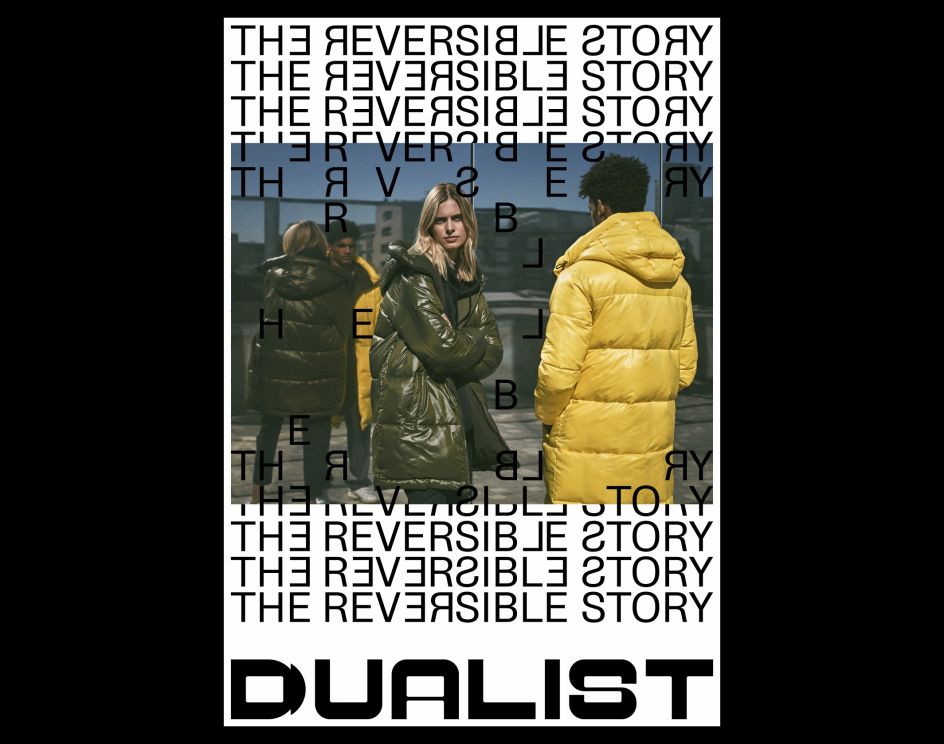
Brand Brothers' identity for Dualist
5. A new Summer of Love
After months of being locked down in our homes and prevented from socialising, people are craving freedom. If things start to ease up, could next year's warmer months be a new Summer of Love, with people partying and celebrating a post-pandemic world? If so, that influence is certainly going to spill into the design world.
Should this happen, there are some great case studies from 2020 that could help inspire you to jump on board. Check out, for instance, Hugmun's poster series for Cinemateket Trondheim, a Norwegian arthouse cinema, which harness the concept of the LSD trip to signify the mind-blowingly immersive nature of cinema.
Or there's Folch's smiley typeface for Acid House Barcelona, the creative innovation hub it helped launch in Poblenou last year. There's also a retro party vibe to The Plant's branding for Covent Garden's Seven Dials Market in London, which takes its visual cue from Warhol's iconic album cover for the Velvet Underground.
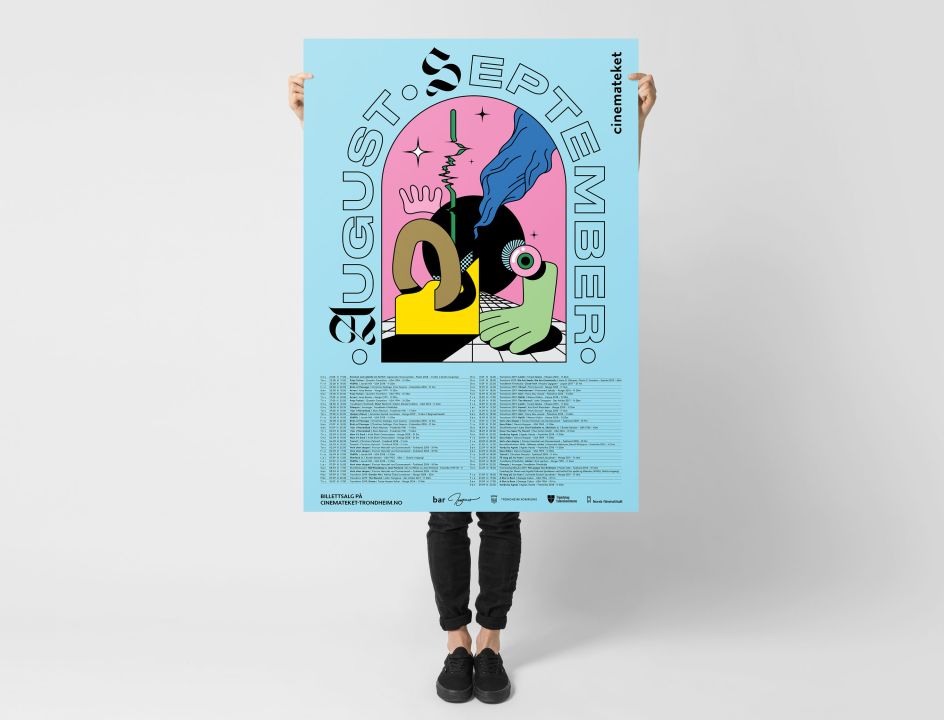
Hugmun's acid trip poster series for a Norwegian arthouse cinema
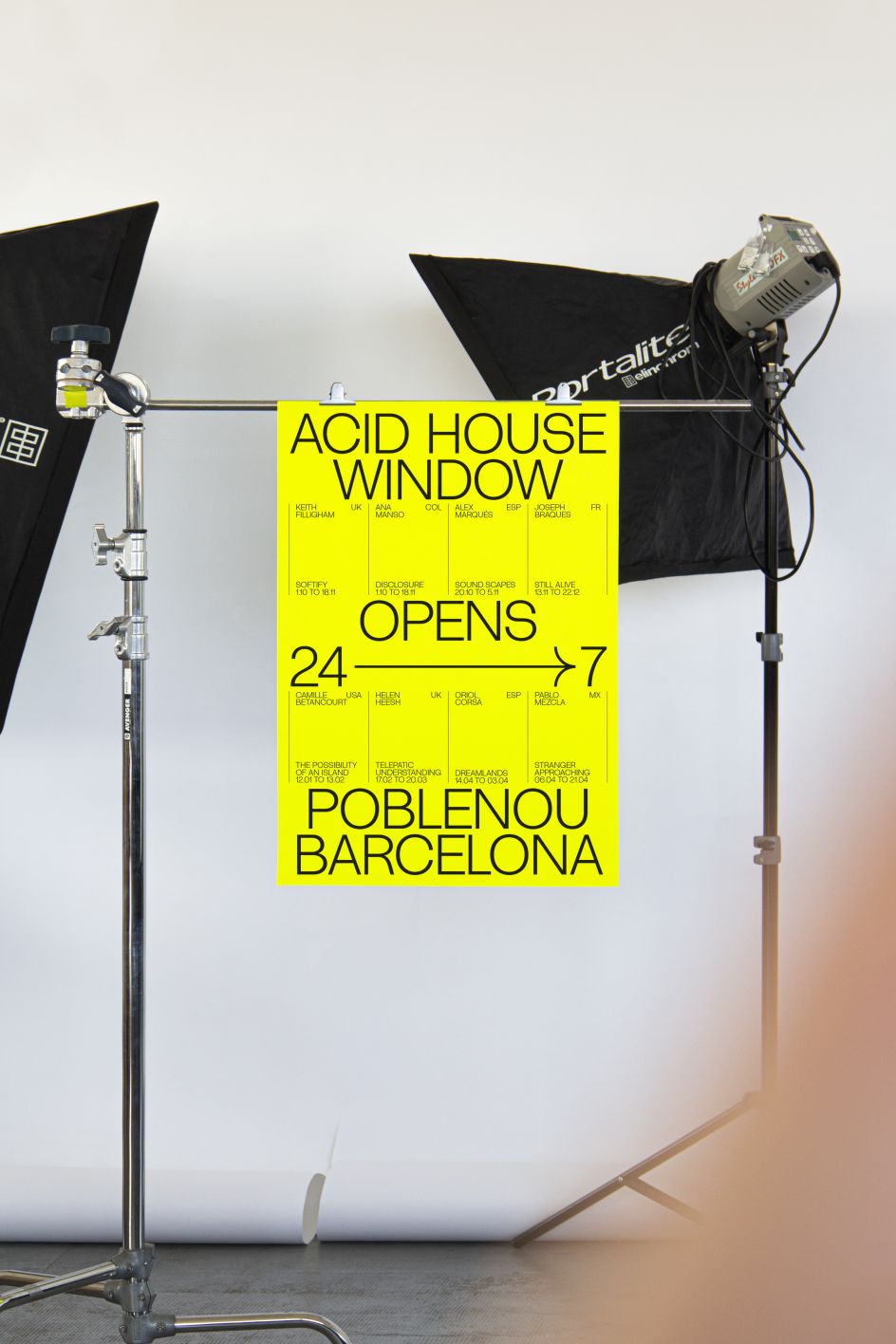
Folch's 'fluid and energetic' smiley typeface for Acid House Barcelona
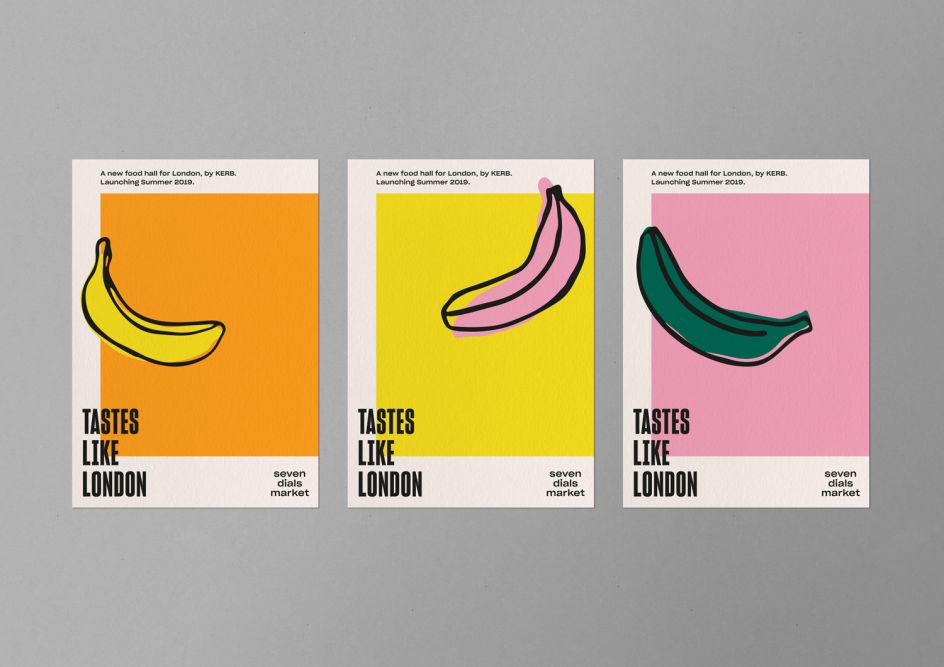
The Plant creates Velvet Underground-esque branding for Covent Garden's Seven Dials Market
6. Coming together
2020 was the year we were reminded of how important community is, in terms of the creative community, our local community, and the community of humankind as a whole. Consequently, we predict that human-centred design is going to be a huge trend in 2021.
"Throughout history art and design has been used to bring people together," says Tom Berry, founder and creative director of Studio Bennü. "The creative community really joined forces this year to shed light on our real heroes. I see this trend continuing into 2021 with a focus on mental health and climate change."
One example of how these themes can be translated into design work is Shanti Sparrow's identity for Shillington's Spring graduation exhibitions. These entrancing visuals are inspired by concepts of teamwork and people working toward a common vision; they also represent the strong bonds formed between teachers and students. In an entirely different way, the approach can also be seen in TWA's rebrand of the Museum of Ice Cream, which is cleverly designed to encourage people to connect.
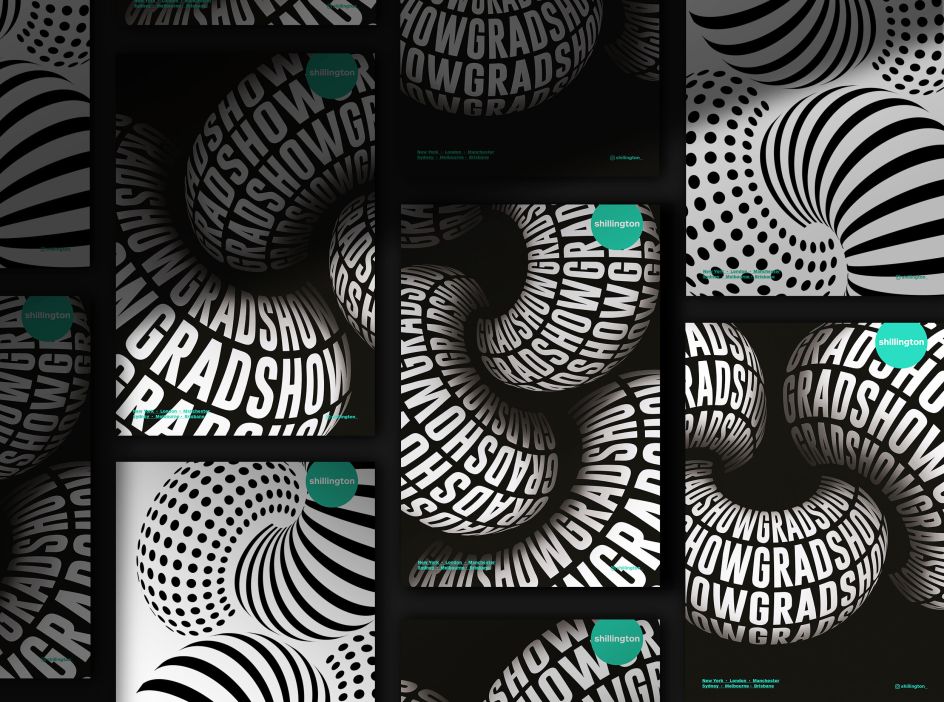
Shanti Sparrow's identity for Shillington's Spring graduation exhibitions
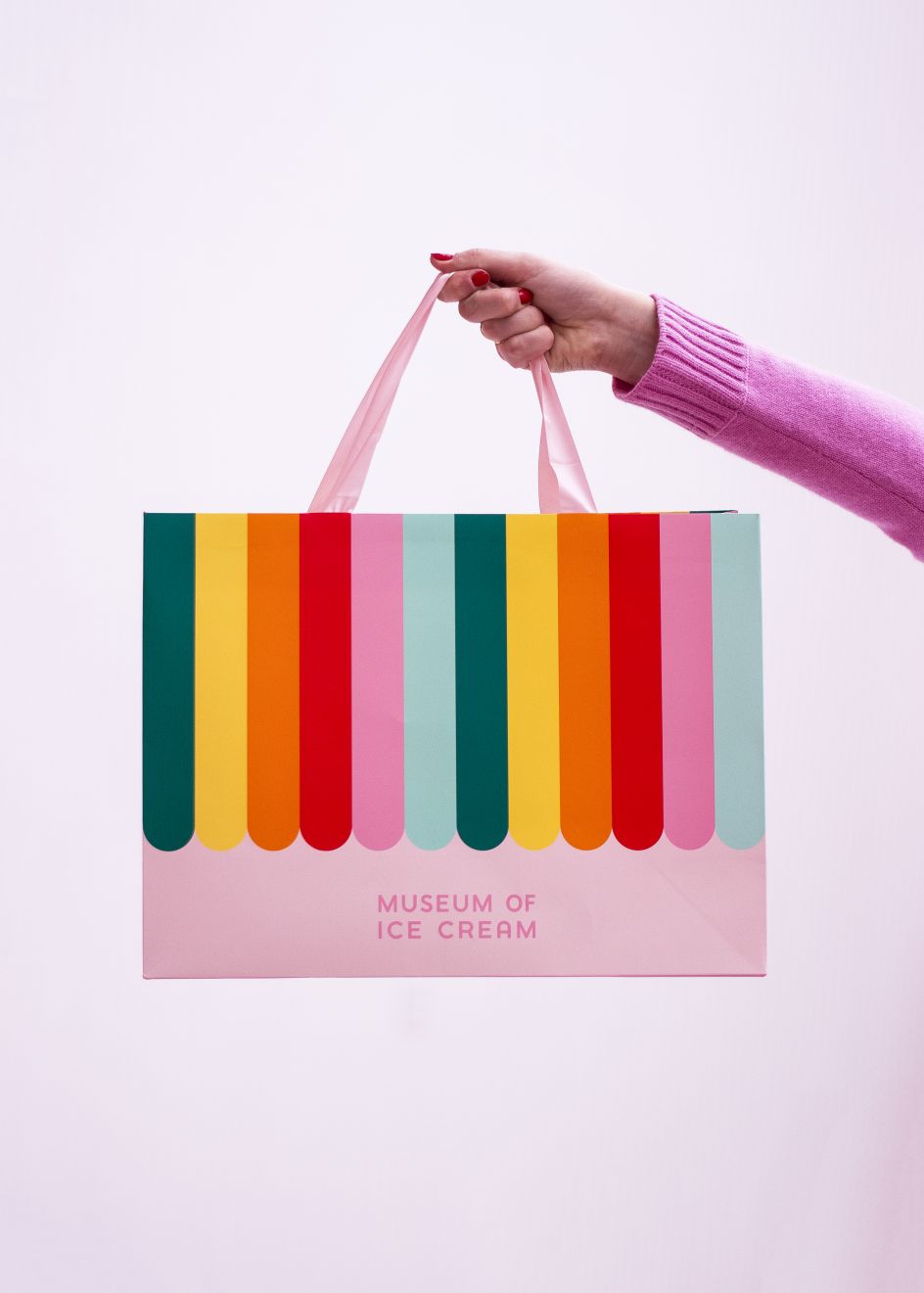
TWA rebrands the Museum of Ice Cream
Conclusion
So what does this all add up to? If we could summarise how the design community is feeling about the coming year, we'd have to say there's an air of cautious optimism. And that's twinned with a passion and a determination to meet the new year head-on, and use the experience of 2020 to help us make better and more profound work in 2021.
As Radim Malinic of Brand Nu puts it: "We want to make people feel something, and feel something excellent. On the back of the ground-shaking, Covid-flavoured year, I feel we'll be making more decisions on how to make work that communicates elements of surprise, compassion and connection with our audiences."
That said, perhaps the biggest thing we've learned in the past year is that work isn't everything. "It's a chunk of your life for sure, but it shouldn't define you," points out Michael C Place of Studio Build. "Work is great, it's cool, but it's not everything. People are everything. Family is everything. Friends are everything."
"This year has been a solitary year for most of us," he adds. "It's been tough. So be kind to yourself. Be kind to others. Listen to people. Listen to yourself. Reach out. Walk. Get lost. Take your time. Go down that path that you've never gone down. Take the long way. It's saved me. It has made me stronger. It's made me. It's kept me sane."
